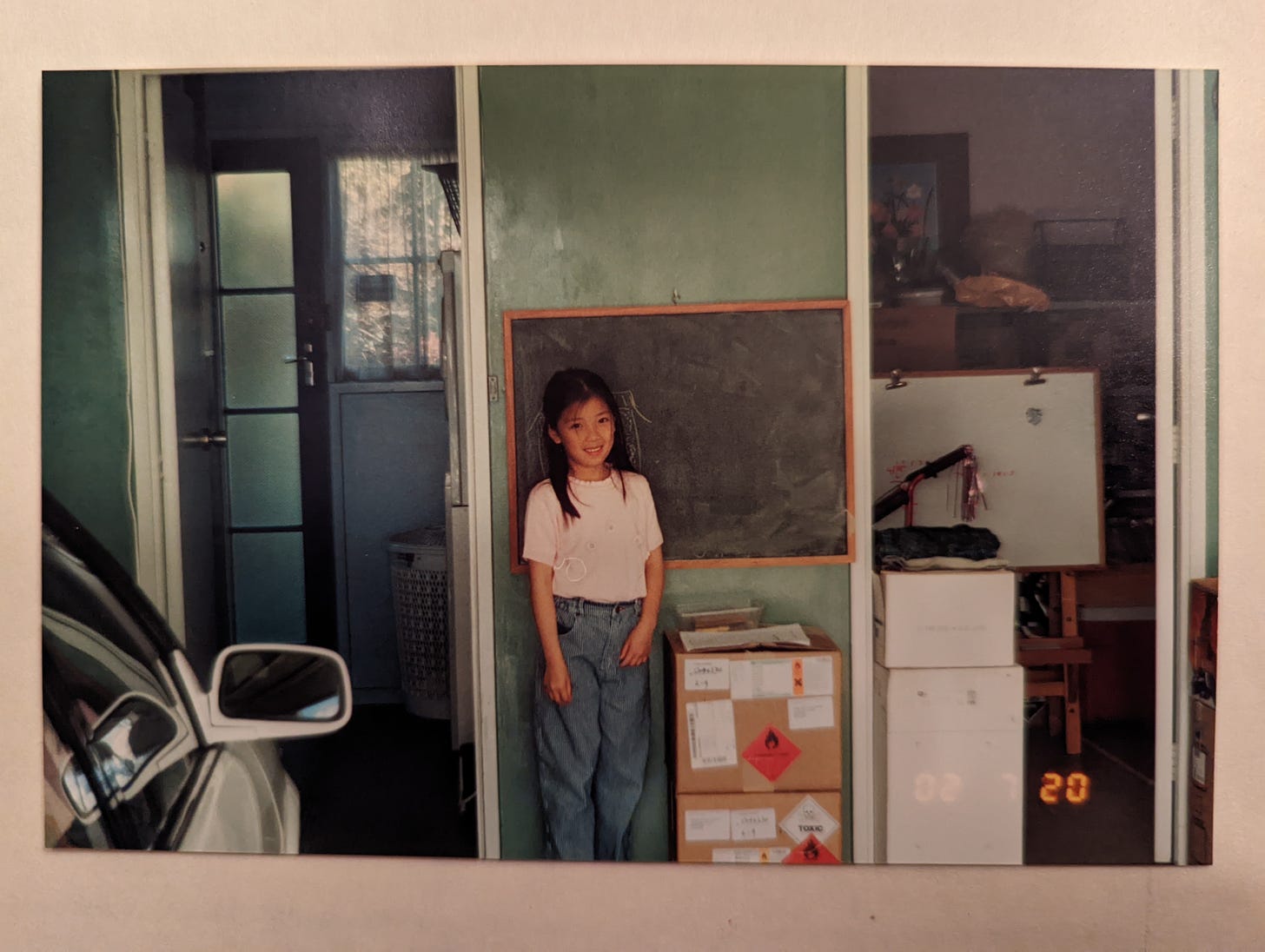On the indoors, the outdoors, and opening more doors for others
Some reflections on feeling excluded and included
A few years ago, someone at work created a Slack channel for the team to share about “The Outdoors.” The channel quickly filled up with photos from hikes, bike rides, and backpacking trips. I joined the channel because I was curious what others were up to in their spare time, but I never had anything to offer.
Growing up, I always disliked the outdoors. I didn’t like extreme heat, I feared bugs, and I thought there was always plenty to do indoors with my books, drawing supplies, toys, and crafts. I did learn to swim and I did go on a few cottage weekends with friends’ families, but I never spent time extensively in the outdoors.
The first time I remember going on a proper hike, I was a rising junior in college. I was interning in San Francisco and the end of summer tradition for the office was for everyone to go hike Mount Tam. People talked about this hike for weeks and it was hyped up as the event of the summer. For weeks, I dreaded this hike. I tried to get out of it over and over again, though the fear of making an intern misstep reigned in the end.
When the day finally came, I didn’t really know what to wear so I tried my best with the workout clothes I had in my closet. I forgot to bring a hat and sunglasses. I spent the bus ride over to the trailhead anxiously wondering if the hike was going to be very hard.
And damn, was it hard.
There were a million stairs to climb up in the beginning. I can’t even remember the rest of the hike after those stairs. I was struggling to keep up the entire time, winded and sweaty, while also just overwhelmed by the unfamiliarity of everything. For someone accustomed to urban walking, hiking in a forest felt like contending with one tripping hazard after another for hours on end.
This experience made me feel distinctly un-outdoorsy.
Coming out of that mandatory hike, I was reassured that my decision to be an indoors person was a good one.
Fast forward to a few weeks after the inception of this Slack channel. I’d spent a lot of time feeling uneasy about its existence and the fact that I was this lurker with nothing to contribute. When there were discussions, I silently read the threads and filed away the vocabulary, tidbits, and topics as “useful things to know for work conversations.” (They went right next to all of my knowledge about the NHL and NBA.)
Finally, one day, I voiced my unease.
I pointed out that not all of us had things to contribute to this channel and that there wasn’t a corresponding “indoors” channel to share other hobbies and interests. After some discussion, the channel was renamed to “doors” to be inclusive of both the indoors and the outdoors, becoming a great inside joke for the company. Every time someone new joined the team and asked what the “doors channel” was for, I took great pride in sharing the story and the fact that all photos were welcome in this channel.
I thought about this recently just before I left for my first ever backpacking trip.
I am still far from being an “outdoors person”, though I do now have photos on my phone from hikes and this singular backpacking trip. If I were to encounter a Slack channel geared at sharing photos of the outdoors, I’d now be able to participate!
As I thought about this, I couldn’t help but feel a little conflicted. There’s a part of me that feels like I’ve become disloyal to the champion of the indoors that I once was. I worry that I’m changing my interests and hobbies in order to fit in better. (Thank goodness there are many inherent benefits associated with spending time outdoors that assure me my intentions were pure.) I know that rationally, this is the manifestation of my growth mindset towards trying new activities and nothing to be concerned about.
All this aside, I thought a lot about what I wanted the key takeaways of this newsletter to be. Here’s what it comes down to:
When you encounter someone who doesn’t share a common interest with you, ask them what they’re excited about and take the time to learn about it so they feel heard, seen, and valued as well
If there are certain voices that are noticeably absent from a conversation or a given space, find ways to include the absent voices as well by broadening the topic or the boundaries
Don’t take for granted that others know the same things you do, even if it’s about something you find very “basic” or “fundamental”



